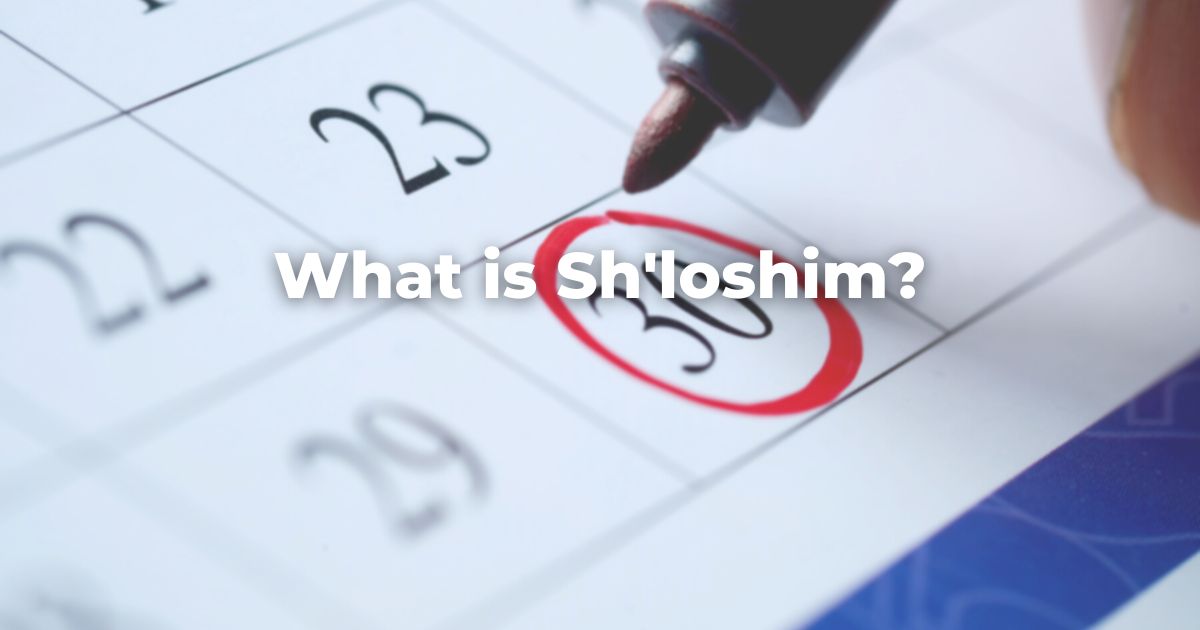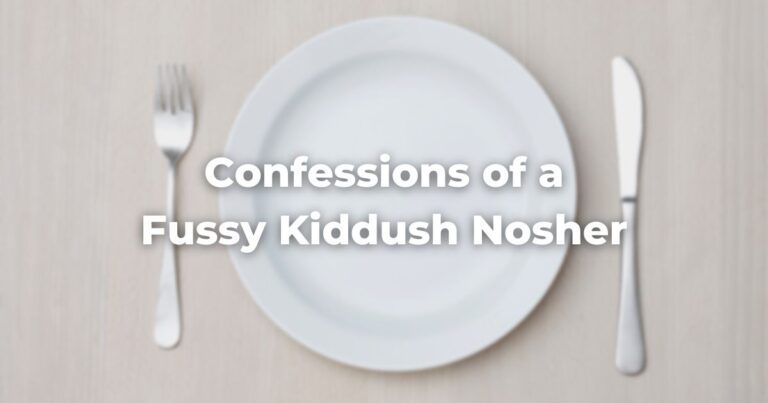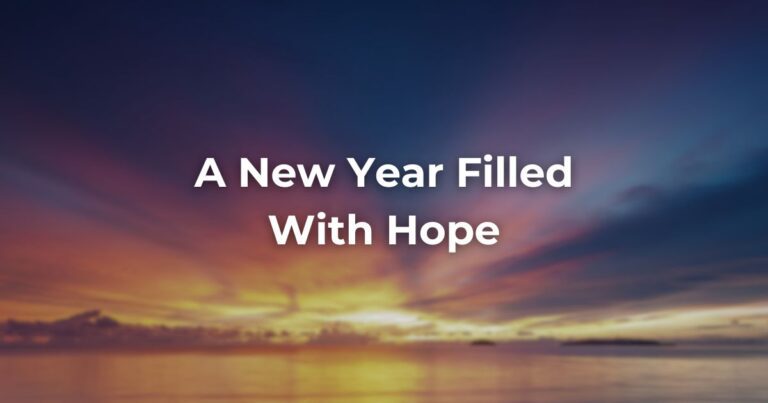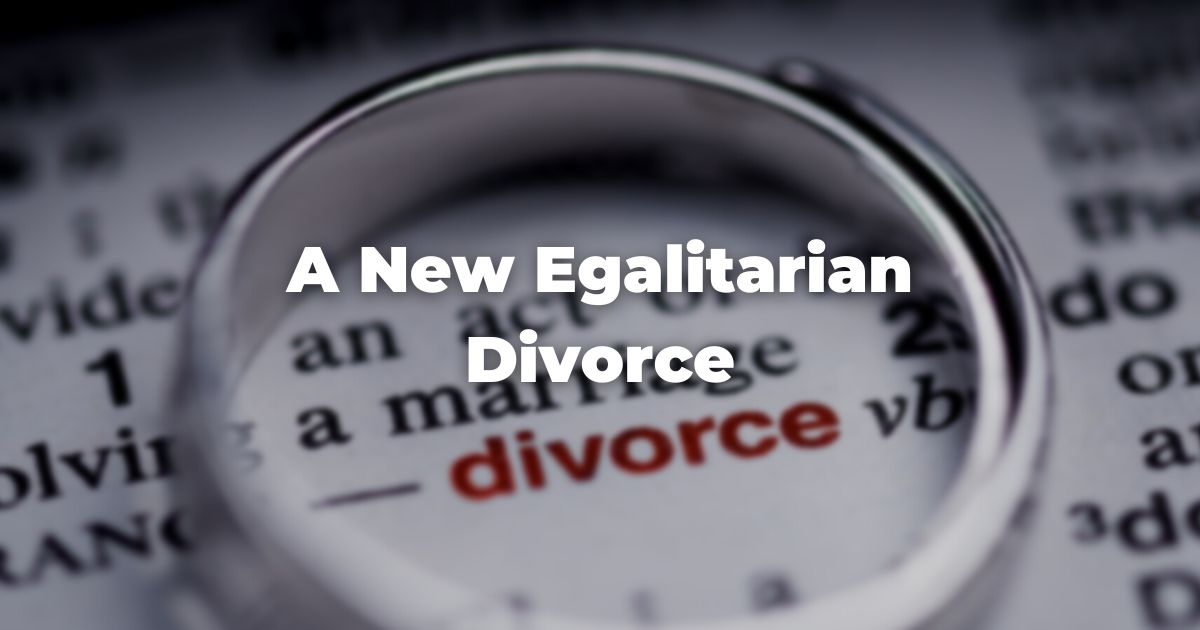The first thirty days after the interment are collectively called sheloshim (also spelled shloshim or sh’loshim), the Hebrew word for “thirty.”
The part of these thirty days that follows the week of shivah is considered a period of reduced mourning.
Many of the restrictions of shivah are lifted and mourners are permitted to begin reintegrating themselves into society and to resume their daily work.
Calculating the Length of Shloshim
The calculation of sheloshim begins with the burial and ends on the morning of the thirtieth day.
Unlike shivah, the days of sheloshim are not ended by festivals. They are, however, shortened. Each festival day (or, in the Diaspora, each two-day festival) is counted as a full week of sheloshim (Shulchan Arukh, Yoreh Deah 399:1). The end of Passover is not considered a full festival in this regard, but Sh’mini Atzeret is.
Therefore, if someone were buried on the eve of Passover, shivah itself would be canceled by the festival and there would be only fifteen days of sheloshim observance after the end of the festival (because the festival counts for seven, which number is added to the eight days of the actual holiday for a total of fifteen. There would, therefore, be fifteen other days remaining).
If someone were buried on Erev Sukkot, shivah would be canceled, and there would only be seven days of sheloshim left after the festival—the nine days of the festival itself plus two seven-day subtractions for Sukkot and Sh’mini Atzeret yield a total of twenty-three days, which then leaves a single week of sheloshim to be observed (Mishneh TorahRefers to the first five books of the Hebrew Bible, the Tanakh, also called the Five Books of Moses, Pentateuch or the Hebrew equivalent, Humash. This is also called the Written Torah. The term may also refer to teachings that expound on Jewish tradition. Read more, Hilchot Avel 10:3).
There are, however, a number of other rules that apply. The rules just cited apply when a festival cancels shivah observance.
If one has finished shivah, however, then the festival cancels the rest of sheloshim no matter how much of it has or has not been observed (Shulchan Arukh, Yoreh Deah 399:2).
And if someone dies and is buried less than a week before Rosh Hashanah, then Rosh Hashanah ends the shivah and Yom Kippur ends the observance of sheloshim (Shulchan Arukh, Yoreh Deah 399:6).
Restrictions During Shloshim
While mourners may resume work and other activities during sheloshim, the restrictions on entertainment continue.
Mourners during this secondary mourning period should not attend parties featuring live music or other similar social events. Haircuts and shaving too are not permitted until after sheloshim.
Marital intimacy, however, may recommence after shivah.
Single people should not plan to get married during sheloshim. However, if a couple has already made the arrangements before the death and canceling them would entail great financial loss, they may go ahead with the wedding.
In such a case, the wedding may involve music and dancing. If a wedding takes place, the seven days of festivity after the wedding should also be observed and are counted as part of the sheloshim (Shulchan Arukh, Yoreh Deah 342:1).
One may likewise attend the wedding ceremony of a relative or close friend during sheloshim if it is felt that one’s presence will enhance the joy of the bride and groom.
However, one should not attend the festivities after the ceremony.
In synagogue, the mourner should not lead the congregation in prayer on Shabbat, festivals, or intermediary festival days. Nor should mourners lead the Morning Service on any days that Hallel is recited unless no one else present is qualified to do so.
The period of sheloshim is the extent of formal mourning for all relatives other than for one’s parents.
Adapted with permission from The Observant Life.
Authors
-

-

The Observant Life: The Wisdom of Conservative Judaism for Contemporary Jews distills a century of thoughtful inquiry into the most profound of all Jewish questions: how to suffuse life with timeless values, how to remain loyal to the covenant that binds the Jewish people and the God of Israel, and how to embrace the law while retaining an abiding sense of fidelity to one’s own moral path in life. Written in a multiplicity of voices inspired by a common vision, the authors of The Observant Life explain what it means in the ultimate sense to live a Jewish life, and to live it honestly, morally, and purposefully. The work is a comprehensive guide to life in the 21st Century. Chapters on Jewish rituals including prayer, holiday, life cycle events and Jewish ethics such as citizenship, slander, taxes, wills, the courts, the work place and so much more.
View all posts






